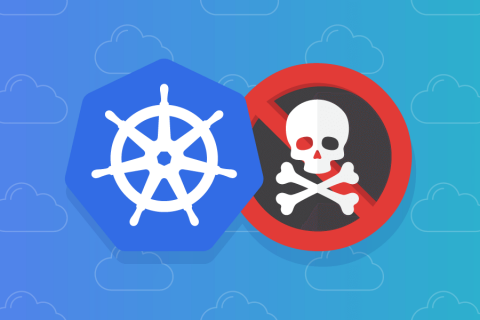Exploring intrusion detection techniques in cloud native environments - Garwood Pang, Tigera
As more production workloads migrated to the cloud, the need for Intrusion Detection Systems(IDS) grew to meet compliance and security needs. With the number of workloads in each cluster, IDS needs to be efficient to not take up the shared resources. Techniques such as packet inspection and web application firewalls provide a solid defense against threats and by leveraging the cluster's network control pane, we are able to selectively choose vulnerable workloads and provide an easy way to trace back to the origin of the attack.











